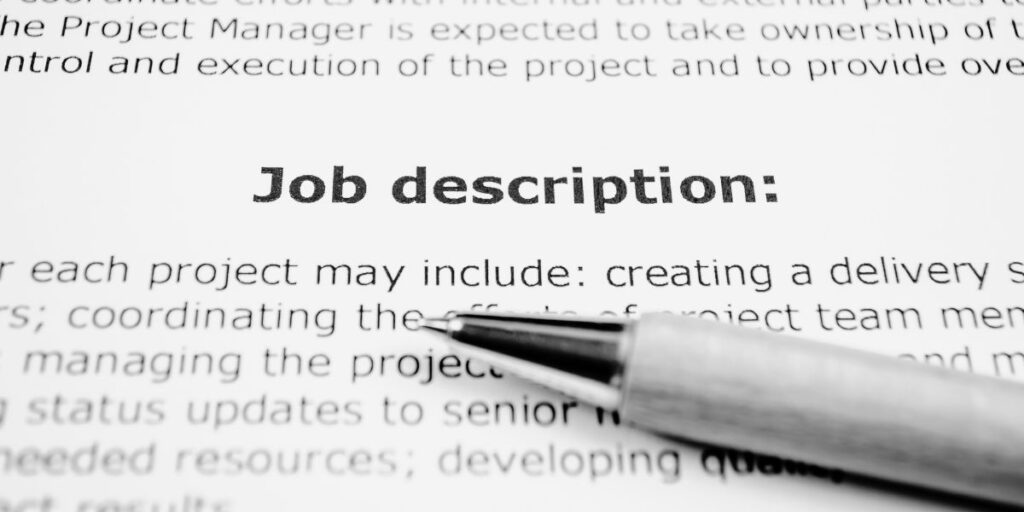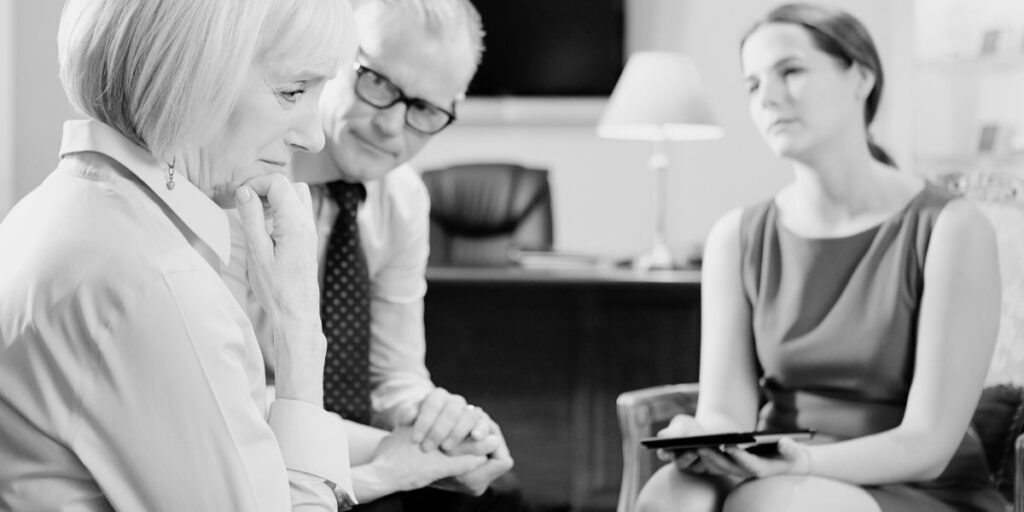
Human-Centered Estate Planning: Protecting People, Not Just Property
When most people think about estate planning, they imagine stacks of legal paperwork: wills, trusts, deeds, and account statements. Important, yes. But if we only focus on the documents, we miss the heart of what estate planning is really about: people.
A human-centered approach to estate planning shifts the focus away from just dividing assets and instead asks: How will my decisions affect the people I love?
Why Traditional Estate Planning Falls Short
Traditional estate planning often centers around assets—who gets what, when, and how. But here’s the problem:
-
Documents don’t prevent family conflict if conversations never happen.
-
Financial clarity doesn’t guarantee emotional clarity.
-
Executors are often unprepared for the human side of the role—navigating grief, conflict, and relationships.
I’ve seen families walk away from a lawyer’s office with a legally sound plan but no idea how to talk to each other about it. That silence creates chaos later.
What “Human-Centered” Estate Planning Looks Like
A human-centered approach focuses on the living, breathing experience of family members during and after a loss.
It means:
-
Starting with conversations, not forms. What do you want your children, spouse, or siblings to feel when they look back on your plan? Relief? Clarity? Gratitude?
-
Naming roles with care. Executors, trustees, and powers of attorney aren’t just titles—they’re responsibilities that carry emotional weight.
-
Preserving relationships. Planning is not only about transferring assets—it’s about preventing misunderstandings, resentment, or sibling conflict.
-
Adding legacy, not just logistics. Human-centered planning includes letters, voice memos, or family traditions you want to pass on, alongside your will or trust.
The Benefits of a Human-Centered Approach
Families who embrace this approach often say:
-
“We know where everything is, but more importantly—we know where we stand with each other.”
-
“The paperwork was the easy part. Having the tough conversations was the gift.”
-
“Instead of tension, we felt relief knowing we had a plan that reflected not just what Mom owned, but who she was.”
How to Begin Human-Centered Planning
- Start with your values. Before you think about documents, ask: What do I want my family to feel and remember? Build your plan around those values, not just your valuables.
- Put in careful thought. Consider roles (executor, trustee, guardian) and responsibilities. Think through who can handle the logistics and the emotions with care.
- Document beyond the legal. Capture not just the “what” but also the “why.” Add instructions, legacy letters, or even a recorded message.
- Share with your family. Once you’ve put thought into your plan, bring loved ones into the conversation. They may have questions—and because you’ve aligned your plan to your values, you’ll be able to respond with clarity and confidence.
- Keep it accessible and updated. Organize everything so it can be found when needed, and revisit your plan as people and relationships change.
Estate planning isn’t just about property. It’s about people. A human-centered plan protects relationships, reduces stress, and ensures that love—not conflict—is what your family remembers.
If you’ve been putting off planning because it feels cold or transactional, this is your reminder: it doesn’t have to be. Done right, estate planning is the greatest act of love.



